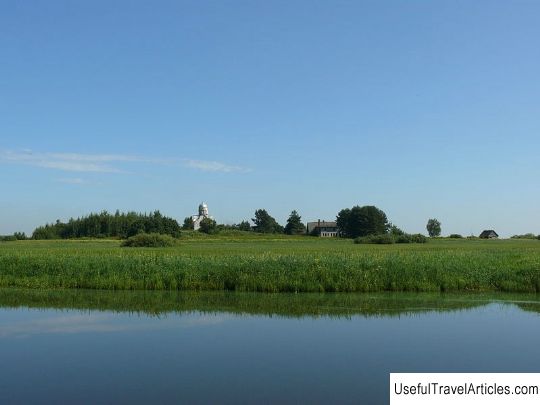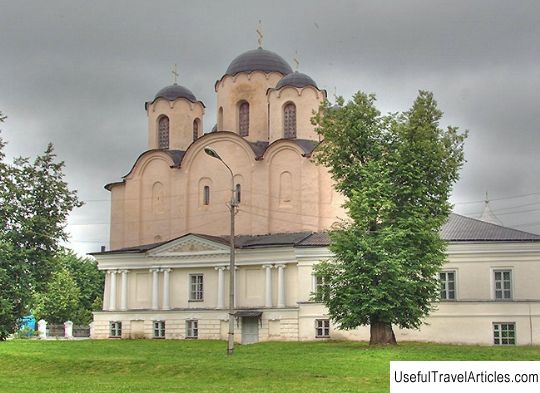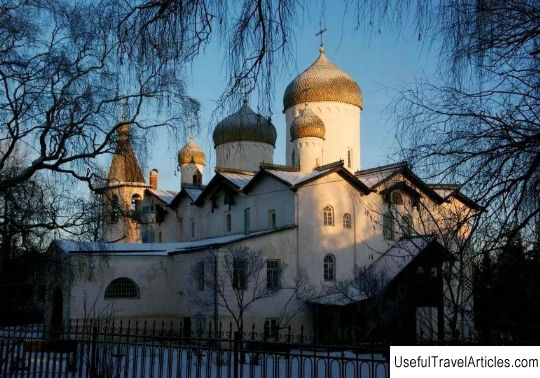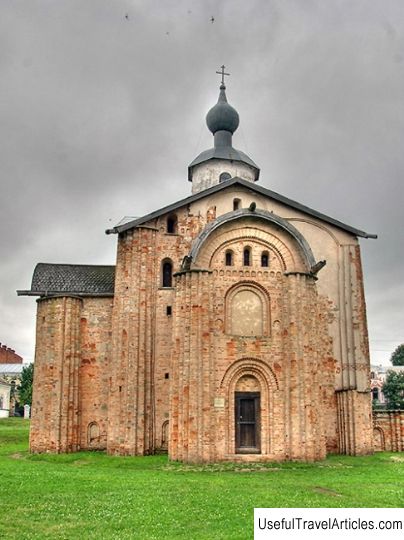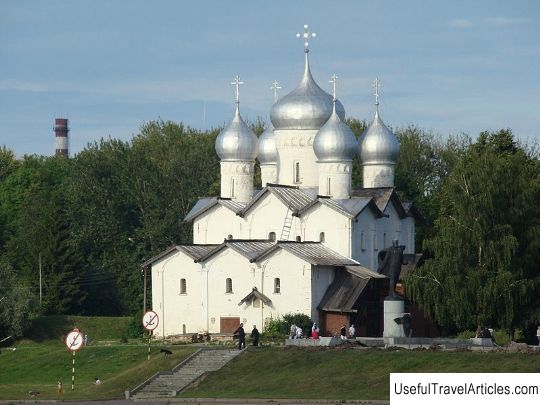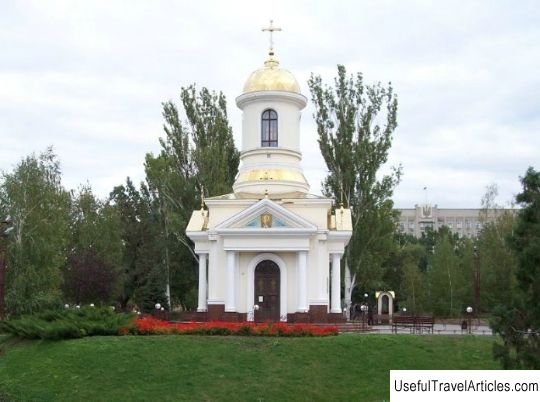Church of St. Nicholas on Lipna description and photos - Russia - North-West: Veliky Novgorod
Rating: 9,0/10 (1344 votes) Church of St. Nicholas on Lipna description and photos - Russia - North-West: Veliky Novgorod. Detailed information about the attraction. Description, photos and a map showing the nearest significant objects. Photo and descriptionThe Church of St. Nicholas on Lipne is an Orthodox church of the late 13th century, as well as a unique monument of stone architecture in Veliky Novgorod. The main altar is consecrated in the name of St. Nicholas the Wonderworker, and the end - in honor of St. Clement. A beautiful view of the church opens from the eastern bank, because it is in this area that you can see the last monument of medieval Novgorod - the Cathedral of St. Nicholas. The famous church was built in 1292 at the initiative of Archbishop Clement. The Church of St. Nicholas is not only the only remnant of the ancient Lipensky monastery, but also belongs to the outstanding monuments of Novgorod architecture. As mentioned, the construction of the church began in 1292. The church was founded 8 km south of the city of Novgorod, namely, on the Lipno Island and the banks of the Plotnitsa River in the Msta delta. According to some reports, in 1113, an icon of St. Nicholas the Wonderworker was acquired, which was painted on a large round board. According to legend, it was from this icon that the great Novgorod prince Mstislav Vladimirovich was completely healed. Most likely, it was after this event that a monastery and a wooden church were built a little later than 1113, although exact data on these events have not yet been found. The stone church, founded in 1292 and completed in 1294, became the first stone church to be erected on the Novgorod land after the great invasion of the Mongol Tatars to Russia. During the construction of the temple, the architects were more guided by one of the pre-Mongolian churches that were modern at that time, namely, the Church of the Nativity, located in the Perynsky skete. For this reason, in the late 12th - early 13th centuries, new development paths related to Novgorod architecture were clearly outlined. In this kind of buildings, attempts were made to rethink and replace the usual old scheme of temple buildings, which were pretended to be real by Novgorod architects of the second half of the 12th century. In addition, this trend of transformation developed until the first half of the 14th century. Among the new buildings, the Church of St. Nicholas on Lipno takes a special place. In this church, new construction equipment can be seen for the first time. Compared to the older technique, which consisted of alternating rows of stone and plinths on a solution of lime with an admixture of cement brick, the temple of St. Nicholas is more composed of the Volkhov slab on a solution of sand and lime. In the masonry of the Nikolsky Church, in some places, bricks of a more advanced elongated shape were also used. It is such a masonry system that will soon become a characteristic feature of the stone Novgorod architecture of the 14-15th centuries. The church architect decided to follow the builders of the church of the Perynsky skete and abandoned the former system of pavement coverage. He moved on to the three-bladed completion of the building, which is a distinctive feature of almost all monuments of the famous Novgorod architecture of the 14-15th centuries. The architect of the church of St. Nicholas decided to change the division of the facades with blades, which will become a characteristic feature of the architecture of the first half of the 14th century. In order to create the artistic appearance of the church of St. Nicholas, elongated proportions were used, which became one of the characteristic features of Novgorod monuments of the 14-15th centuries. In the temple, features appeared with particular clarity, which indicated the beginning of a complete rethinking of the past architectural traditions. As for the fresco painting of the Church of St. Nicholas on Lipno, almost until its death in 1941-1943, it was disguised under a painting record, which was carried out in 1877. Only insignificant fragments of the great mural painting of the late 13th century, which were able to escape the restoration of the 19th century, were found during the complete disassembly of the iconostasis in 1930. The fresco painting of the Church of St. Nicholas became an intermediate link connecting the Novgorod painting of the pre-Mongol period and the beautiful painting of the second half of the 14th century. Elongated figures of more mobile figures, as well as easily and freely sliding folds of clothes flowing around a human figure, spoke of the fact that      We also recommend reading Monument to the Liberators of Bar description and photos - Montenegro: Bar Topic: Church of St. Nicholas on Lipna description and photos - Russia - North-West: Veliky Novgorod. |
